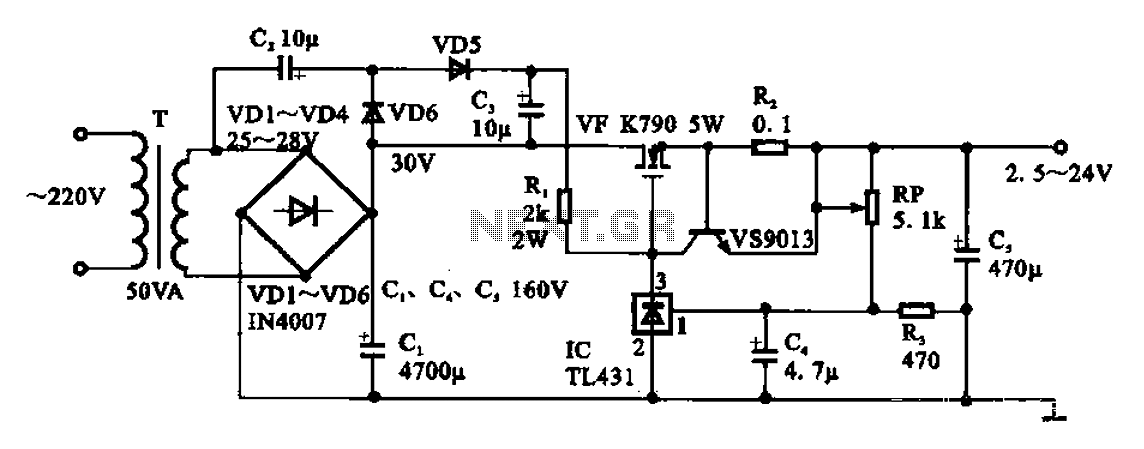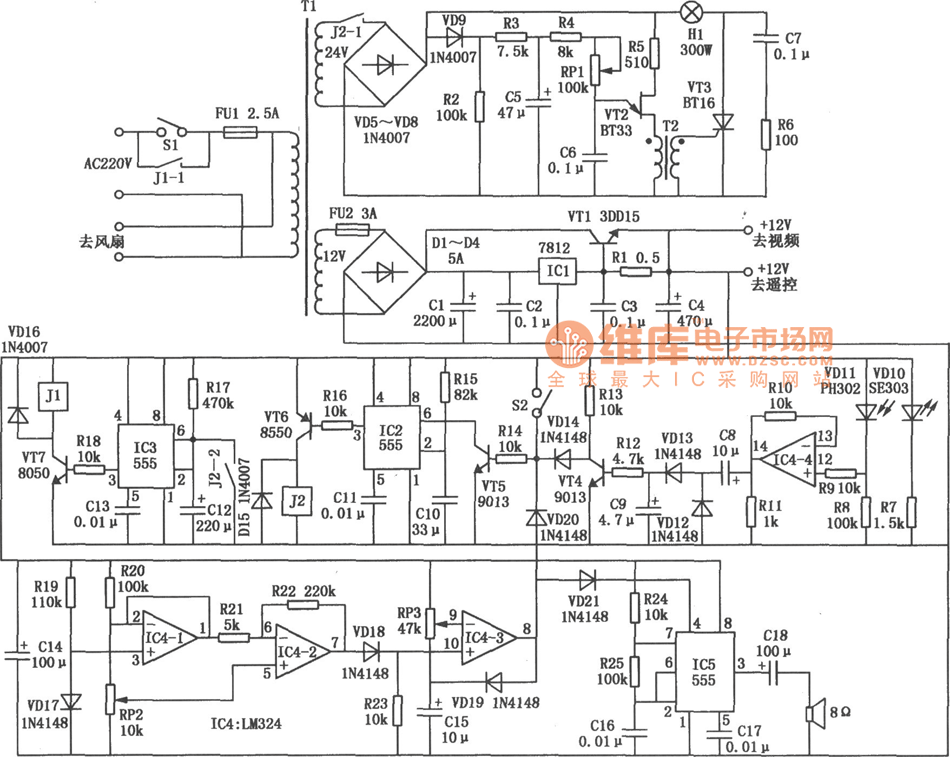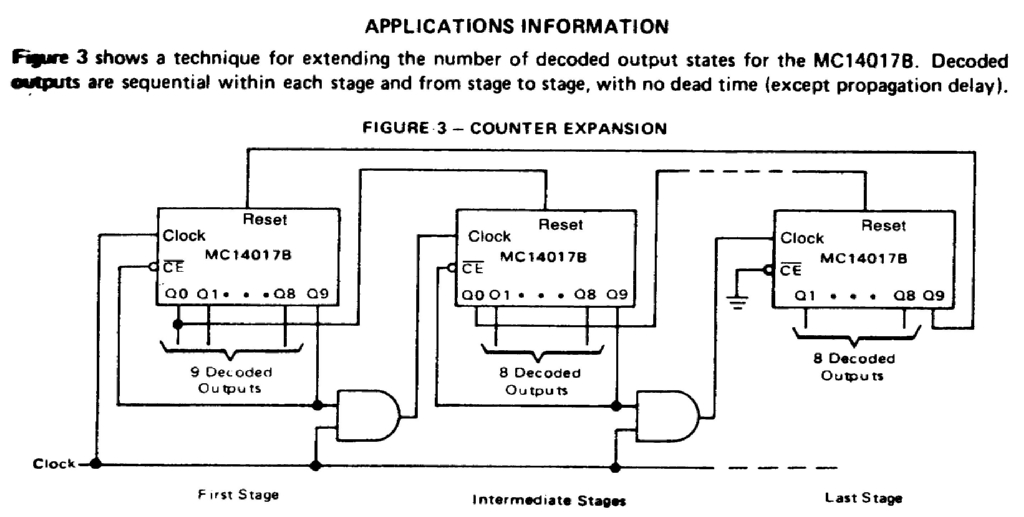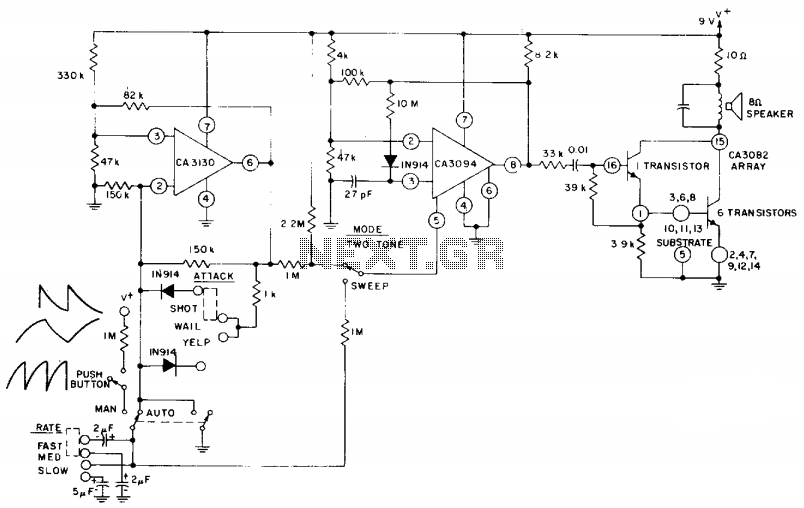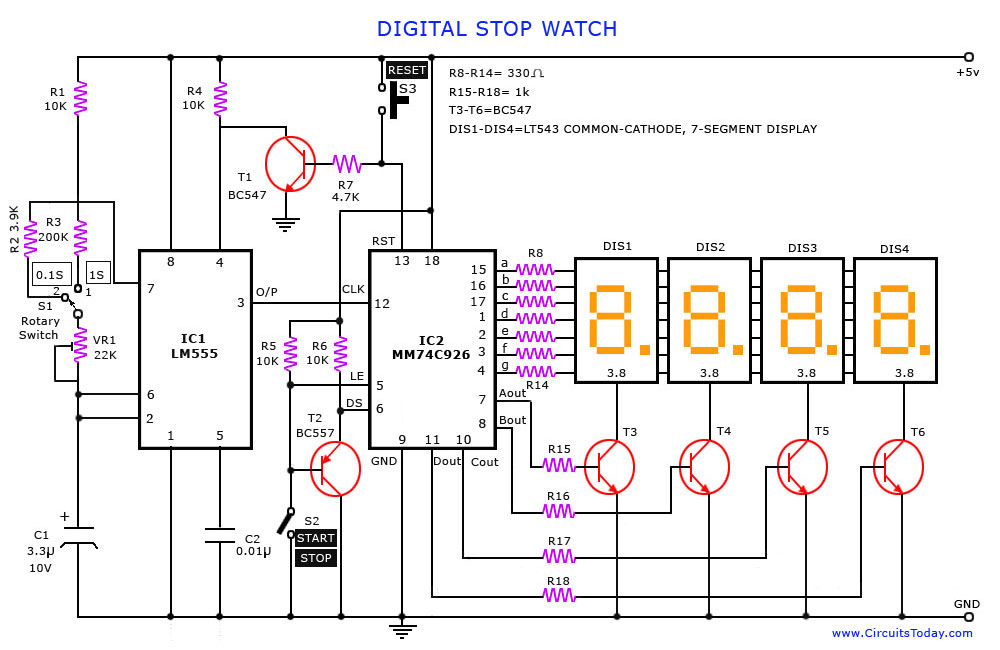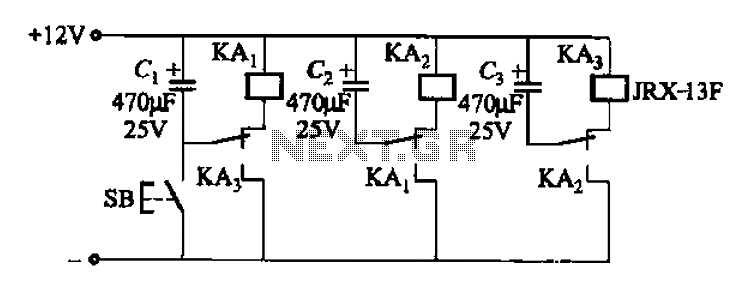
USB to phone battery charger circuit Schematic Diagram
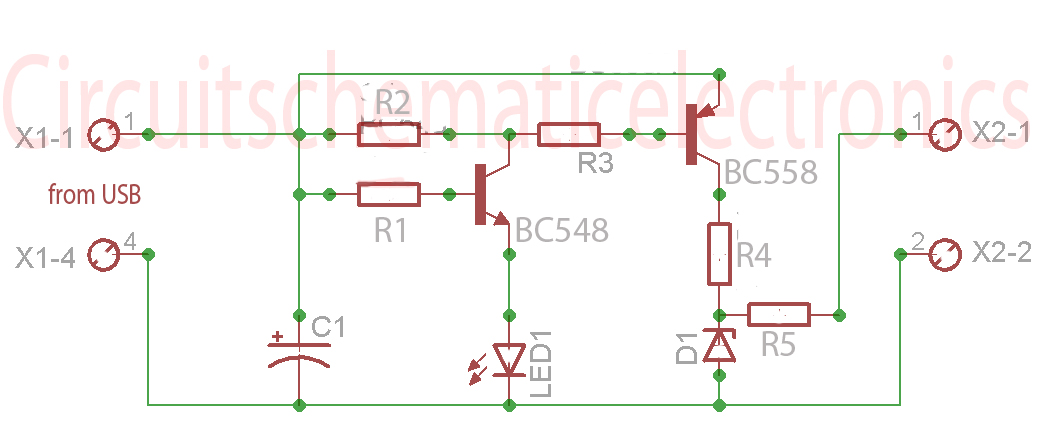
Without a USB to phone battery charger circuit, charging a phone battery using a USB port on a computer can quickly damage the battery, resulting in bulging. This occurs because the voltage output from USB is 5 volts, while the average voltage of a phone battery is between 3.5 and 3.7 volts. Therefore, a USB to phone battery charger circuit is necessary as it reduces the voltage to 3.7 volts from USB without decreasing the current, thereby ensuring the longevity of the phone battery.
The USB to phone battery charger circuit is designed to safely convert the 5V output from a USB port to a suitable voltage for charging lithium-ion batteries, typically operating at 3.7V. This circuit usually employs a buck converter or a linear voltage regulator to achieve the necessary voltage reduction while maintaining the current level required for efficient charging.
A typical implementation of this circuit includes a USB input connector, a voltage regulation component (such as an LM317 linear regulator or an adjustable buck converter module), and output terminals for connecting to the phone battery. The circuit may also incorporate protection features such as overcurrent protection, thermal shutdown, and reverse polarity protection to safeguard both the charger and the phone battery.
The buck converter is preferred for its efficiency, as it minimizes power loss during the voltage conversion process. The circuit should be designed to handle the charging current specifications of the phone battery, often in the range of 0.5A to 2A, depending on the battery capacity and charging speed requirements.
In addition to the voltage regulation, it is crucial to include a charging control mechanism, such as a dedicated battery management system (BMS) or a simple charge controller IC, to monitor the battery voltage and current. This ensures that the battery is charged optimally and prevents overcharging, which can lead to battery damage or reduced lifespan.
Overall, the USB to phone battery charger circuit is an essential component for safely charging phone batteries from USB sources, providing a reliable solution that protects the battery's integrity while ensuring efficient charging.Without any USB to phone battery charger circuit we can charging phone battery using port on USB computer, but it will quickly damage the phone battery, and the battery will bulge. Because the voltage which was issued on usb is 5 volts, while the average-voltage phone battery 3. 5 - 3. 7 volts. That`s why this USB to phone battery charger circuit is required, this USB to phone battery charger circuit reduce votlage to 3. 7 volt usb, but will not reduce currents and will make a durable phone battery. 🔗 External reference
The USB to phone battery charger circuit is designed to safely convert the 5V output from a USB port to a suitable voltage for charging lithium-ion batteries, typically operating at 3.7V. This circuit usually employs a buck converter or a linear voltage regulator to achieve the necessary voltage reduction while maintaining the current level required for efficient charging.
A typical implementation of this circuit includes a USB input connector, a voltage regulation component (such as an LM317 linear regulator or an adjustable buck converter module), and output terminals for connecting to the phone battery. The circuit may also incorporate protection features such as overcurrent protection, thermal shutdown, and reverse polarity protection to safeguard both the charger and the phone battery.
The buck converter is preferred for its efficiency, as it minimizes power loss during the voltage conversion process. The circuit should be designed to handle the charging current specifications of the phone battery, often in the range of 0.5A to 2A, depending on the battery capacity and charging speed requirements.
In addition to the voltage regulation, it is crucial to include a charging control mechanism, such as a dedicated battery management system (BMS) or a simple charge controller IC, to monitor the battery voltage and current. This ensures that the battery is charged optimally and prevents overcharging, which can lead to battery damage or reduced lifespan.
Overall, the USB to phone battery charger circuit is an essential component for safely charging phone batteries from USB sources, providing a reliable solution that protects the battery's integrity while ensuring efficient charging.Without any USB to phone battery charger circuit we can charging phone battery using port on USB computer, but it will quickly damage the phone battery, and the battery will bulge. Because the voltage which was issued on usb is 5 volts, while the average-voltage phone battery 3. 5 - 3. 7 volts. That`s why this USB to phone battery charger circuit is required, this USB to phone battery charger circuit reduce votlage to 3. 7 volt usb, but will not reduce currents and will make a durable phone battery. 🔗 External reference
